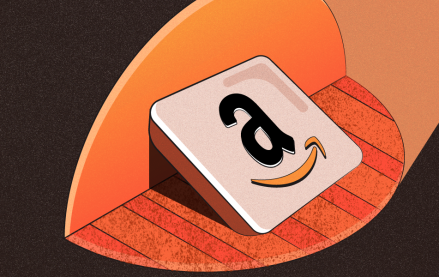Hear from execs at The New York Times, Thomson Reuters, Trusted Media Brands and many others

Virtual reality has the attention of big-name publishers, but right now it suffers from a reach problem. For that reason, they’re taking a promiscuous approach to distribution, spreading their VR pieces on platforms far and wide.
Take The Economist. It has produced three VR pieces to date that are available through The Economist’s VR app, the Samsung Gear VR, YouTube 360, Facebook 360 and VR network Littlstar. The hope is the various platforms will add up to tangible reach.
“For VR to get mass market, it’s going to take more time, but it’s starting to reach home more and more. 2017 will see the take-off in that growth,” said Lydia Kaldas, svp of strategy and channel relationships at The Economist.
It’s a similar story for other publishers. Last week, the BBC decided to publish “We Wait,” a VR story from the point of view of a Syrian refugee, to the Oculus Rift store. Sky and Discovery also put their VR content for free on the Oculus platform.
The number of active virtual reality users at the end of 2016 is just 43 million, according to Statistica, but by 2018 this will increase to 171 million. At the beginning of 2016, Goldman Sachs predicted by 2025 the virtual reality market will outpace the TV market, estimating that the VR market will generate $110 billion.
“It can live for a long time on social channels. It doesn’t need an immediate audience,” said Dino Myers-Lamptey, strategist at agency The7Stars.
Social platforms have been the most useful way for The Economist to get its content out. On YouTube, “Project Mosul,” which launched in May, is still seeing between 7 and 10 percent monthly growth. It’s had over 111,000 views, which is 5.7 times the average number of views for its regular videos on YouTube, making it its most successful piece of VR content. The most successful “Passport Osaka” video has had around 85,000 views.
“YouTube is a habit-forming platform. Facebook is more short-form consumption,” she added.
More in Media

Google AI Overviews linked to 25% drop in publisher referral traffic, new data shows
Organic search referral traffic from Google is declining broadly, with the majority of DCN member sites – spanning both news and entertainment – experiencing traffic losses from Google search between 1% and 25%.

Media Briefing: Amazon’s off-site ad push is becoming publishers’ post-cookie playbook
Amazon is fast becoming a partner du jour for publishers: a kind of post-cookie data wingman that’s helping them monetize the approximate 70 percent of the open web that’s now unaddressable.

Despite the hype, publishers aren’t prioritizing GEO
Even though referral traffic is drying up, most publishers are skeptical of the hype around generative search optimization.








